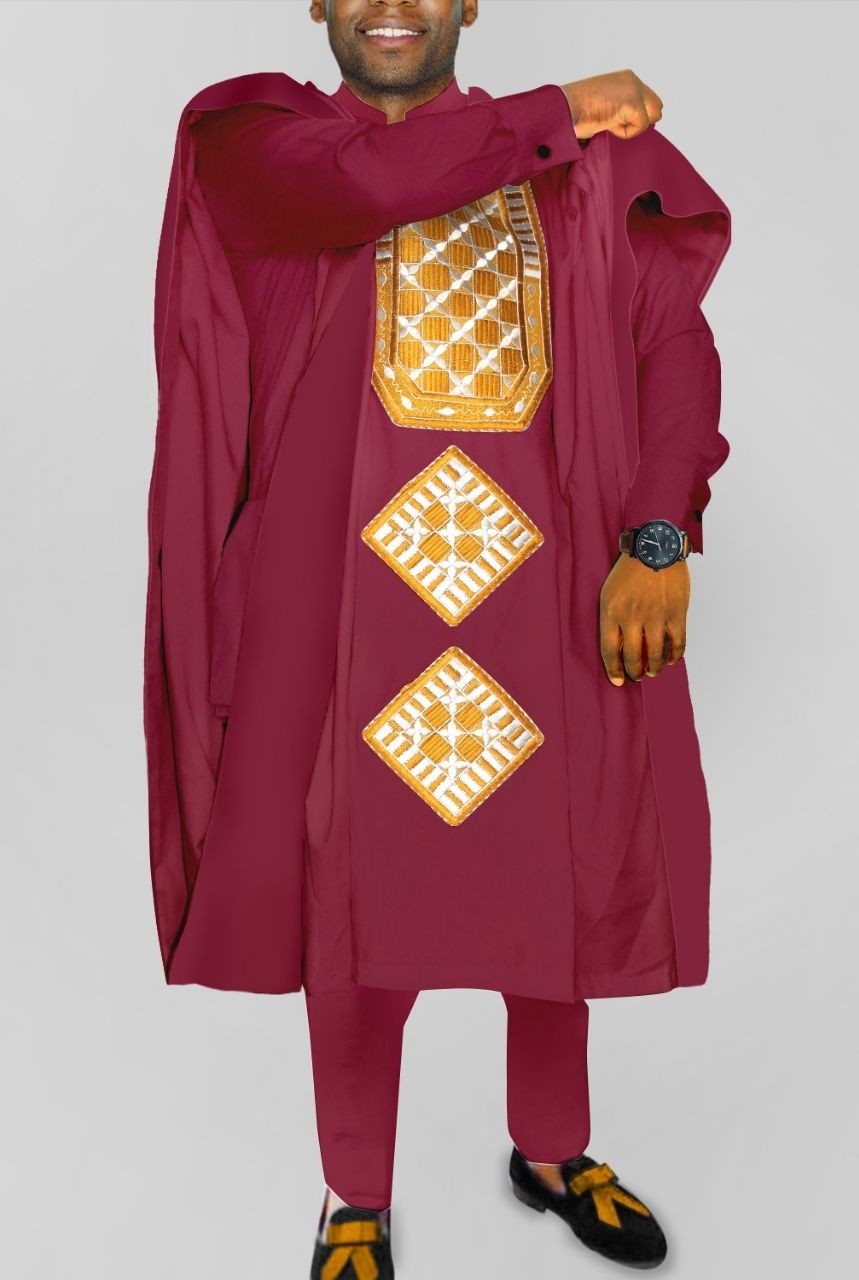African clothing have emerged as a vibrant symbol of cultural pride and a dynamic expression of identity. Rooted in centuries-old traditions, these prints—often referred to as Ankara, Kente, and Dashiki, among others—tell stories through their bold patterns, intricate designs, and rich colors. What makes African print dresses particularly special is the way they blend history and heritage with modern fashion sensibilities, offering a perfect canvas for individual expression and creative craftsmanship.
A Historical Journey of African Prints
The history of African prints is as colorful as the fabrics themselves. Contrary to common belief, the vibrant wax prints popular today have a global history. They were initially inspired by Indonesian batik techniques, which were adopted and adapted by Dutch and English textile manufacturers in the 19th century for the West African market. Over time, Africans personalized these designs, making them integral to their own cultural expression.
In many African societies, each pattern, color, and motif carries specific meanings—representing everything from social status and wealth to love, marriage, and even resistance against colonial powers. The textiles are worn for special occasions, celebrations, and rituals, making them much more than just fabric, but rather, wearable art that preserves cultural stories.
The Modern Influence of African Print Dresses
In recent years, African print dresses have become a global fashion phenomenon, embraced by both local and international designers. The versatility of these fabrics allows for creative designs ranging from casual, everyday wear to haute couture.
With the rise of designers like Osei-Duro, Lisa Folawiyo, and Christie Brown, African prints have been reimagined in new, innovative ways. These designers play with the bold prints and vivid colors, combining them with modern silhouettes to create contemporary designs that honor African roots while appealing to global audiences. Celebrities like Beyoncé and Lupita Nyong'o have also brought African prints to the red carpet, adding to their popularity on the international fashion scene.
The Craftsmanship Behind African Print Dresses
One of the most remarkable aspects of African print dresses is the craftsmanship behind them. Many of these fabrics are handcrafted by artisans who have passed down their techniques through generations. The process of wax printing, which involves applying wax to fabric before dyeing it, results in unique, intricate patterns that are rich in texture and detail.
Local tailors and dressmakers often handcraft African print dresses, ensuring that each piece is made with care and precision. The connection between the maker and wearer is personal—these dresses are often custom-made to fit the body perfectly, allowing for a sense of individuality and pride in what is worn.
Beyond Fashion: African Prints as Statements of Identity
For many, wearing African print dresses is more than a fashion choice; it is a powerful statement of identity, heritage, and pride. In the diaspora, African prints offer a connection to one’s roots, serving as a form of cultural reclamation and celebration. In Africa, the fabrics continue to play a key role in everyday life, as well as in major life events such as weddings, funerals, and rites of passage.
In recent years, African prints have also been used to make political and social statements. Designers use them to challenge stereotypes, promote African culture on global platforms, and even address issues like gender equality and social justice. For example, some designers have used prints to explore themes of women’s empowerment, blending traditional aesthetics with modern feminist messages.
Embracing the Future of African Print Fashion
The future of african print dresses are undoubtedly bright. As the fashion industry continues to embrace inclusivity and diversity, African prints are becoming more prominent in fashion shows, editorial spreads, and street style. Moreover, the growing interest in sustainable and ethical fashion has shone a spotlight on African designers and artisans who create these garments using time-honored techniques and eco-friendly methods.
With its roots in tradition and its eyes on the future, African print fashion is a testament to the resilience and creativity of African culture. It’s a fashion movement that bridges the gap between old and new, local and global, and personal and political, offering a unique way to wear history while embracing modern style.
In conclusion, African print dresses are far more than a trend—they are a living, breathing embodiment of culture, artistry, and identity. As designers continue to push the boundaries of what these fabrics can become, the world can look forward to seeing more innovation, more storytelling, and more celebration of Africa’s rich heritage through fashion.








